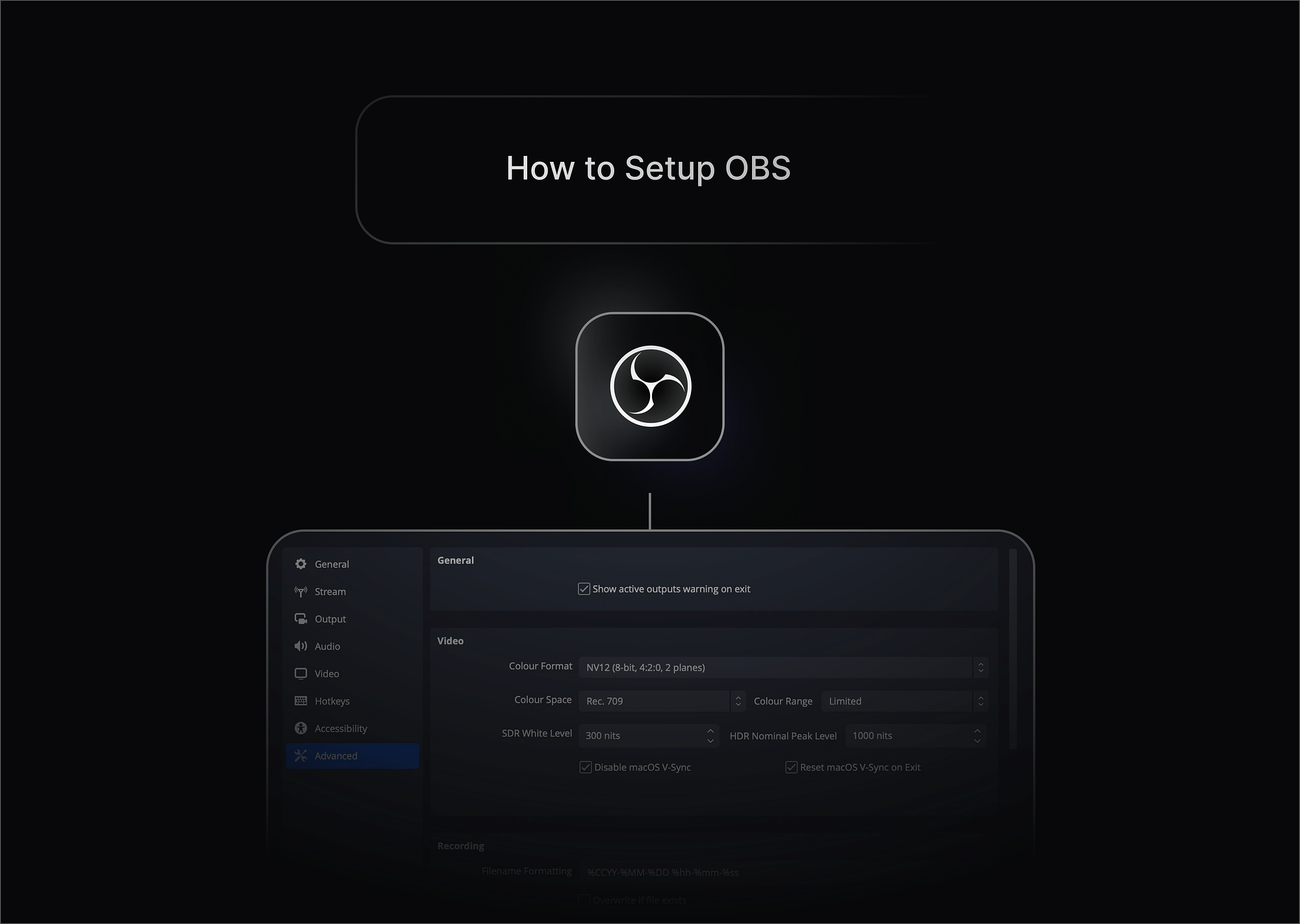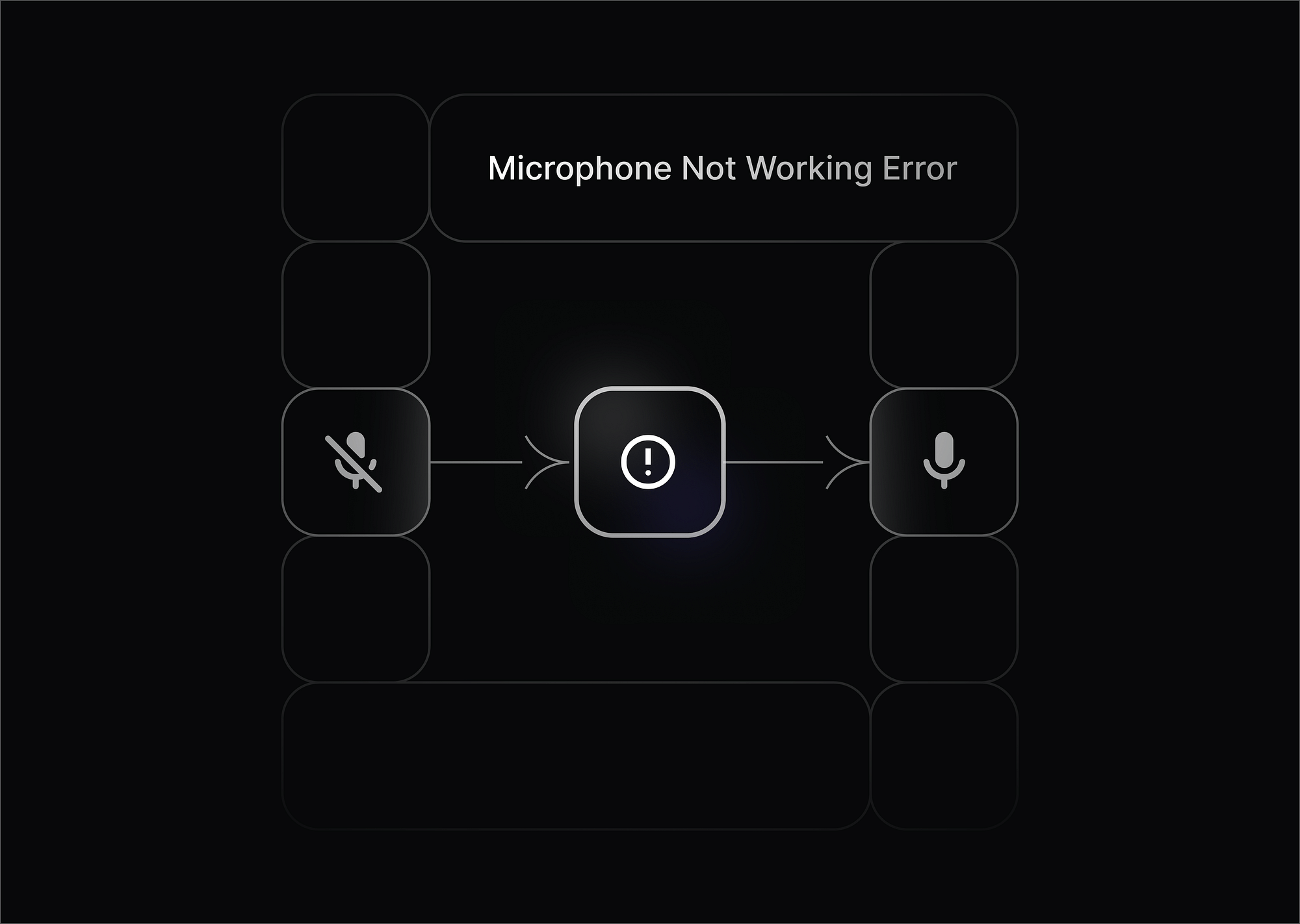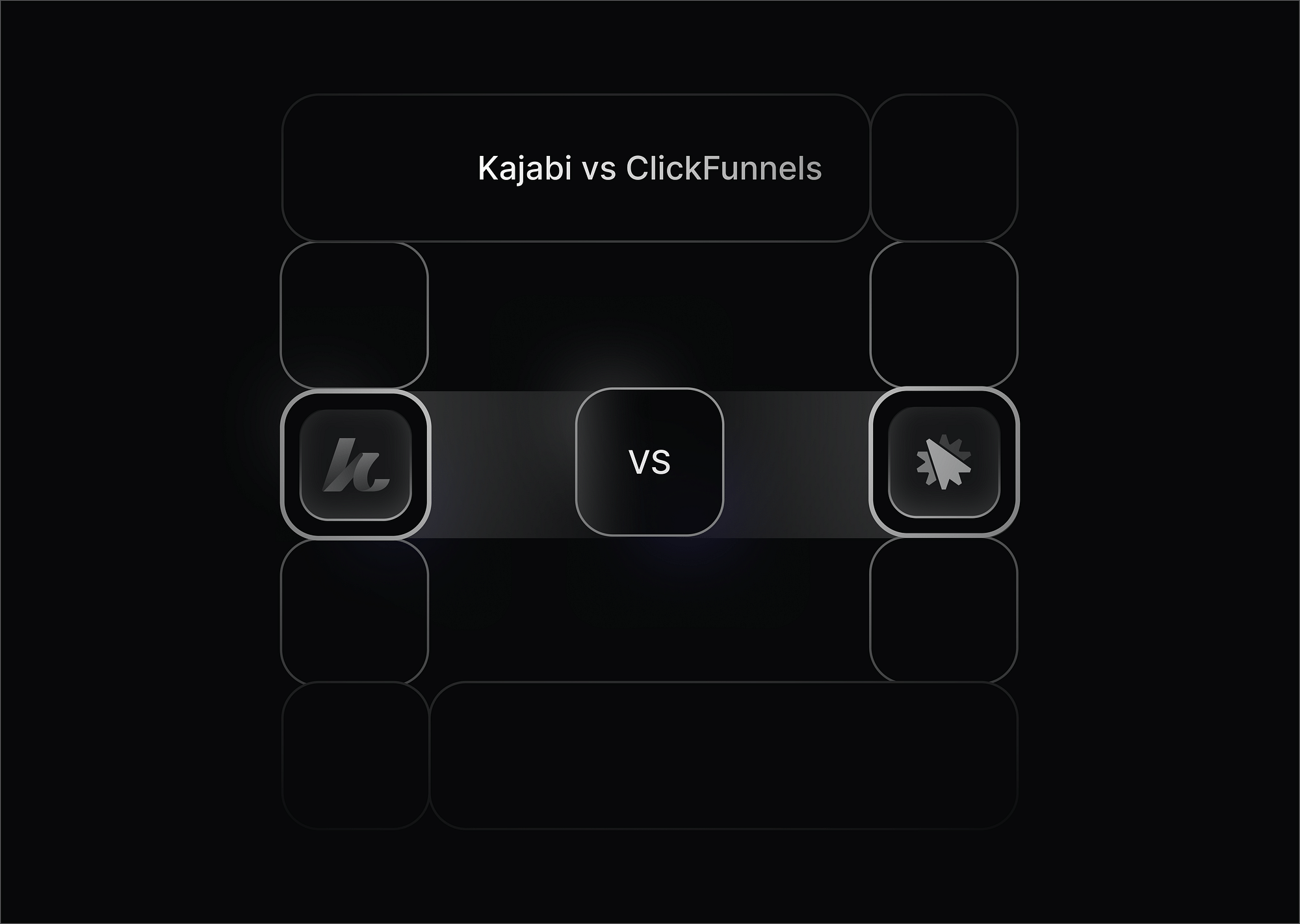Although YouTube benefits from Google's extensive network infrastructure, it isn't immune to technical issues like playback errors that can abruptly halt streaming. If you encounter such playback errors on YouTube, here's likely what's happening and how to address it.
What is a YouTube Playback Error?
A YouTube playback error is a technical issue or glitch that interrupts (or sometimes restricts) streaming videos on the platform. Users typically face such disruptions with error messages like "An Error Occurred," "Playback ID Error," "This video is unavailable," or "Playback error. Tap to retry."
While these errors can be frustrating, with a bit of troubleshooting, they can usually be resolved. Here's discussing how—
How to Fix YouTube Playback Error?
There are a few things you can try to fix playback errors:
Refresh the page or restart the video
If you're dealing with a YouTube playback error, try refreshing the page on your computer. On the browser, you can simply press the "refresh" button or use the shortcut keys:
- Windows: Press F5
- Mac: Press Command+R
Check internet connection and speed.
Start by checking your internet connection and speed; weak or unstable connections often cause these issues. Check if your connection is working by opening another web page or refreshing other apps on your mobile device. If they open, the issue might be with the device you're using for YouTube.
Next, you should test your internet speed on a speed test application. You need a minimum of 3 Mbps for HD and 7 Mbps for HD on YouTube. If your speed is lower in either scenario, you are likely to experience buffering and playback errors.
Update your browser or the YouTube app.
If you're facing YouTube playback errors, updating your browser or the YouTube app could potentially resolve the issue, although it's not a guaranteed fix.
- If you're on mobile, start by checking for updates in the App Store (iOS) or Play Store (Android). Sometimes, an outdated app version can cause playback issues.
- If updating doesn't work, uninstall and reinstall the YouTube app. This can sometimes fix any underlying issues.
- On your computer, ensure your browser is up to date. Go to your browser's settings and look for the update option. Keeping your browser current can often resolve playback errors.
- Sometimes, a simple restart can solve similar technical issues
Disable ad blockers or conflicting browser extensions
Ad blockers are there to prevent ads from loading on web pages, including YouTube. However, since YouTube relies on ads for revenue, blockers can sometimes mess with playback. If you use ad blockers, try turning them off. Other add-ons, like video downloaders, might also cause trouble. Disabling these extensions temporarily can help identify if they are causing the playback error.
Over time, the browser cache can also become overloaded or corrupted, thereby causing playback issues. Try clearing your browser's cache and cookies; you can find this option in your browser's settings.
Update Device's Firmware
Updating your device's firmware can potentially resolve YouTube playback errors. To update the firmware, you'll need to check which brand and model of device you have, then find a tutorial from the manufacturer's website. They usually have step-by-step instructions to guide you through the process.
You can also check your device's settings menu and find the option to check for updates. If an update is available, go ahead and follow the on-screen instructions to download and install it. If you're using a device like a smart TV or gaming console, make sure its firmware is up to date as well.
Disable hardware acceleration
Hardware acceleration is a function that assigns additional tasks to a GPU (Graphics Processing Unit) when activated. However, sometimes enabling hardware acceleration can cause issues, especially the "Playback ID error" on YouTube.
If you disable hardware acceleration in your browser, you can effectively resolve the problem because the browser relies solely on the CPU without letting potential issues with the GPU come in the way.
Turn off Restricted Mode.
Restricted Mode is a feature on YouTube that filters out content that may not be suitable for all audiences. Occasionally, when Restricted Mode is enabled, it can block videos that are not necessarily inappropriate but come under content for older viewers. When this happens, you might see a message indicating that the video is blocked due to restricted content, or you might simply encounter a generic "Playback Error" message.
To disable Restricted Mode, here's what you can do—
On the YouTube Website:
- Click on your user icon in the top-right corner of the YouTube website.
- Select "Restricted Mode" from the dropdown menu.
- Toggle the "Restricted Mode" option off to disable it.
On Mobile Devices:
- Tap on your user icon in the YouTube app.
- Go to Settings.
- Navigate to General settings.
- Find and select "Restricted Mode."
- Toggle the switch to turn Restricted Mode off.
Update graphics and audio drivers.
First, identify your graphics card manufacturer (it could be NVIDIA or AMD) and model. Then, visit their website, find the drivers section, and download the latest drivers for your operating system. Follow the installation instructions to update the graphics card.
To update audio drivers, check the audio device manufacturer (such as Realtek or Intel) and the model of the device you're using. Then, go to the manufacturer's website, find the drivers, and download and install the latest drivers for your OS.
Adjust video quality settings.
To adjust your video quality on YouTube, open the app and tap your profile picture. Then, go to "Settings" and choose "Video quality preferences." You can pick the quality you prefer, specifically for mobile data networks and Wi-Fi. There is an option called "Auto'' where YouTube automatically adjusts quality based on your network connection. Or you can select your preferred resolution for all videos (360p, 480p, 720p, 1080p, and so on).
Check the system's audio format.
Checking the system's audio format can be helpful, especially if you're experiencing audio-related issues on your device. YouTube playback relies on specific audio formats, like AAC-LC, to function properly. If your system audio format isn't compatible with YouTube's requirements, it can lead to playback issues.
If none of the above tips help resolve your YouTube playback error, you may want to contact YouTube for support.
Common Causes of YouTube Playback Issues
There are a few common reasons why you may be facing playback issues. These include:
- Corrupted cache or cookies: Your browser's stored data might be causing playback issues—in which case, clearing cache and cookies can help.
- Slow or unstable internet connection: If your connection is weak, videos may buffer or play in low/disruptive quality.
- Ad blockers or browser extensions: Some extensions can interfere with YouTube playback. Disable them and see if the issue is resolved.
- Hardware acceleration issues: If you've enabled hardware acceleration, it can sometimes cause playback problems.
- Restricted Mode or country-specific restrictions: Certain settings or location-based restrictions can potentially limit access to videos.
Conclusion
YouTube Playback errors can be frustrating and might prevent you from watching videos on the platform. Fortunately, though common, these errors are usually manageable using the troubleshooting methods outlined here. Whether you refresh the page, clear cache and cookies, try a different browser or device, or contact support, there's a good chance one of these solutions will work for you.
FAQs
- How do I fix YouTube playback errors on mobile devices?
To fix YouTube playback errors on mobile devices, first, close the app and relaunch it. On iPhone or iPad, swipe up and flick the app away; on Android, swipe up and hold, then swipe up again. Relaunch the app and try playing the video again. If issues persist, restart your device. On Windows, go to Start > Power > Restart; on Mac, go to Apple > Restart.
- How do I fix Error 500 on YouTube?
A 500 internal server error generally occurs when there is an issue with the website's server. More often than not, it is a temporary glitch that will resolve itself as the website fixes its programming. However, you can try refreshing the page or clearing the browser cache/cookies to resolve it. If not, use a different browser or device.
- Why am I getting a playback error on YouTube TV?
If you're experiencing a playback error on YouTube TV, it could be due to various reasons: perhaps your internet connection is weak, or you are facing server issues. There could be location restrictions or other device-related problems. Here is what you can do:
- Start by checking your internet connection's strength
- Ensure you're not trying to access paid content without proper subscriptions
- Enable location permissions on your device
- Restart the YouTube TV app or your device if issues persist
- Update the app or browser, and clear cache/cookies if necessary
- If all else fails, restart your device
- What should I do if a YouTube video plays but there's no audio?
Check if the volume is turned ON on your browser, app, or device. Make sure your device's sound settings are proper. If the problem persists, restart your browser or device.
- Why does YouTube keep buffering during playback?
Buffering issues commonly occur if you have a weak internet connection. If not, your device is likely fighting for bandwidth with other apps or devices. Choose a lower video resolution to ensure smooth playback, or try closing other apps or devices using the same network.




